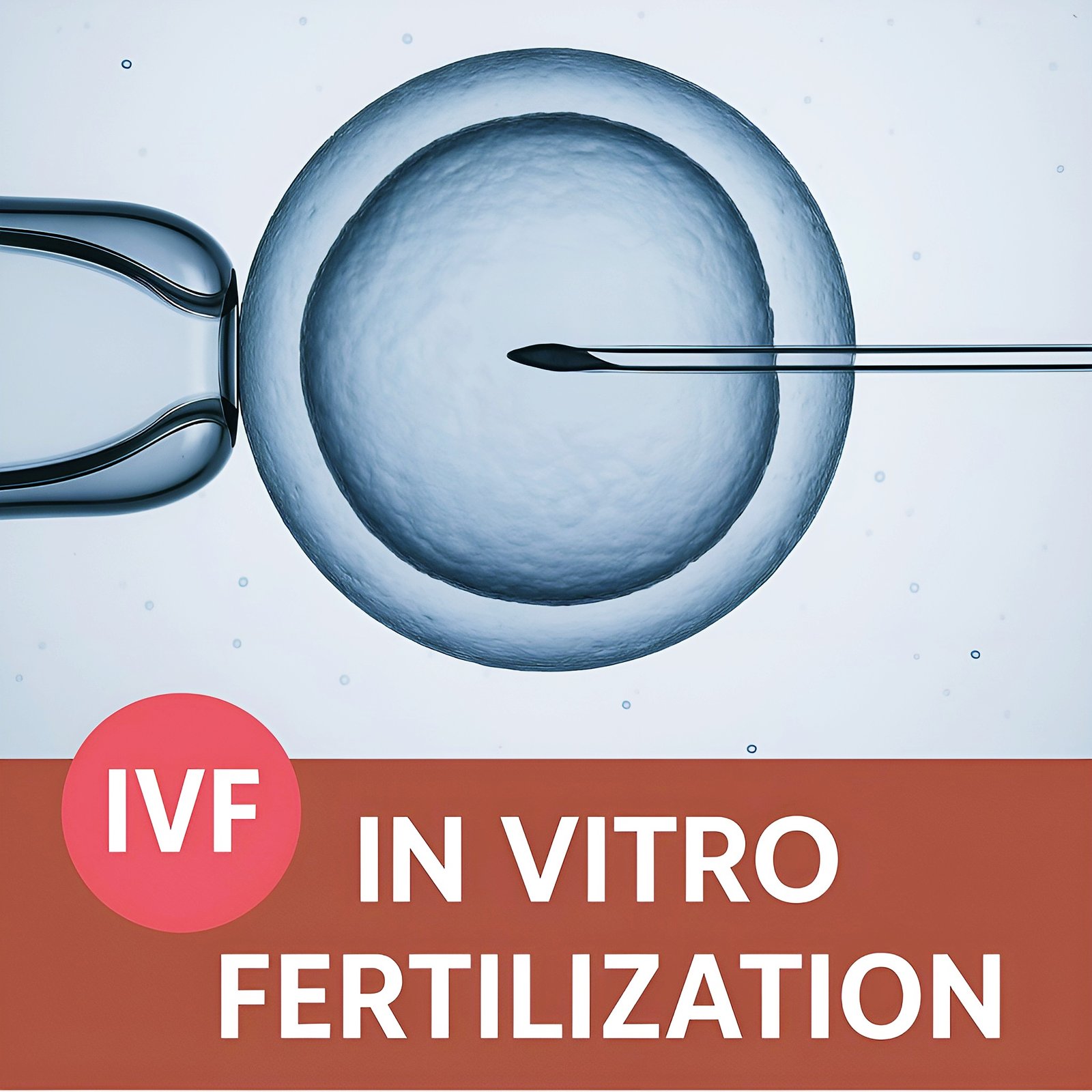
What You Need to Know About IVF (In Vitro Fertilization)
In Vitro Fertilization, commonly known as IVF, is one of the most widely used forms of assisted reproductive technology (ART). It’s often recommended for couples or individuals who have difficulty conceiving naturally. IVF involves retrieving eggs from the ovaries, fertilizing them with sperm in a lab, and then transferring one or more embryos into the uterus. The process has helped millions around the world become parents, but it’s not without complexities, risks, and financial considerations.
Who Might Need IVF?
IVF may be recommended for:
- Women with blocked or damaged fallopian tubes
- Individuals with ovulation disorders (e.g., PCOS)
- Severe male infertility (low sperm count or motility)
- Advanced maternal age
- Unexplained infertility
- People using donor eggs, sperm, or surrogacy
- Same-sex couples or single parents by choice
The IVF Process Step-by-Step
- Ovarian Stimulation: Fertility medications are given to stimulate multiple eggs to mature.
- Egg Retrieval: Eggs are collected through a minor surgical procedure called follicular aspiration.
- Fertilization: Eggs are fertilized in a lab using the partner’s or donor’s sperm (IVF or ICSI).
- Embryo Culture: The fertilized eggs are monitored for several days to ensure healthy growth.
- Embryo Transfer: One or more embryos are transferred into the uterus for potential implantation.
- Pregnancy Test: About 10–14 days later, a blood test confirms if pregnancy has occurred.
Success Rates and What Affects Them
Success rates vary depending on several factors:
- Age of the woman: Success is highest in those under 35 and decreases significantly with age.
- Egg and sperm quality
- Embryo grading and the number transferred
- Endometrial receptivity and uterine health
- Lifestyle factors (e.g., smoking, weight, stress)
According to a 2024 review on PubMed, factors such as antral follicle count (AFC), hormone levels, and embryo morphology remain consistent predictors of live birth outcomes in IVF.
Common Risks and Side Effects
- Ovarian Hyperstimulation Syndrome (OHSS)
- Multiple pregnancies (especially with more than one embryo transferred)
- Miscarriage
- Ectopic pregnancy
- Emotional and physical stress
The American College of Obstetricians and Gynecologists (ACOG) also outlines risks like low birth weight and prematurity even with singleton births. Read more via ACOG’s Committee Opinion.
IVF Costs and Insurance Coverage
The cost of one IVF cycle in the U.S. ranges from $12,000 to $20,000 without medications. Add-ons like embryo freezing, genetic testing (PGT-A/PGT-M), and ICSI can significantly increase the total.
Some states mandate insurance coverage for fertility treatments, while others offer no legal requirement. Check your provider and local laws for clarity.
New Innovations in IVF
- Three-parent IVF: Used to prevent mitochondrial diseases via DNA from three individuals (Washington Post)
- Artificial intelligence for embryo grading
- In vitro gametogenesis (IVG): Still experimental, may allow lab-created eggs/sperm in the future
Emotional & Mental Health During IVF
IVF can be emotionally taxing. Many people experience anxiety, depression, or emotional burnout. Consider:
- Therapy or support groups
- Yoga, meditation, or acupuncture
- Online communities like RESOLVE (National Infertility Association)
When IVF Isn’t Successful
Not every IVF cycle results in pregnancy. It’s common for people to go through more than one cycle. Options include:
- Trying another IVF cycle
- Using donor eggs or sperm
- Embryo donation or gestational carrier
- Adoption or child-free living
Helpful Resources and References
- PubMed: Predictors of IVF Success
- NIH: Clinical and Laboratory Factors in IVF
- NIH: Long-Term ART Child Outcomes
- ACOG: ART Risks
- Washington Post: Three-Parent IVF
Final Thoughts
IVF is an incredible advancement in modern medicine that has helped countless individuals and families conceive. It can be a long, emotional, and expensive journey, but with the right support and medical guidance, it often leads to joy. Do your research, ask questions, and don’t hesitate to seek support.






